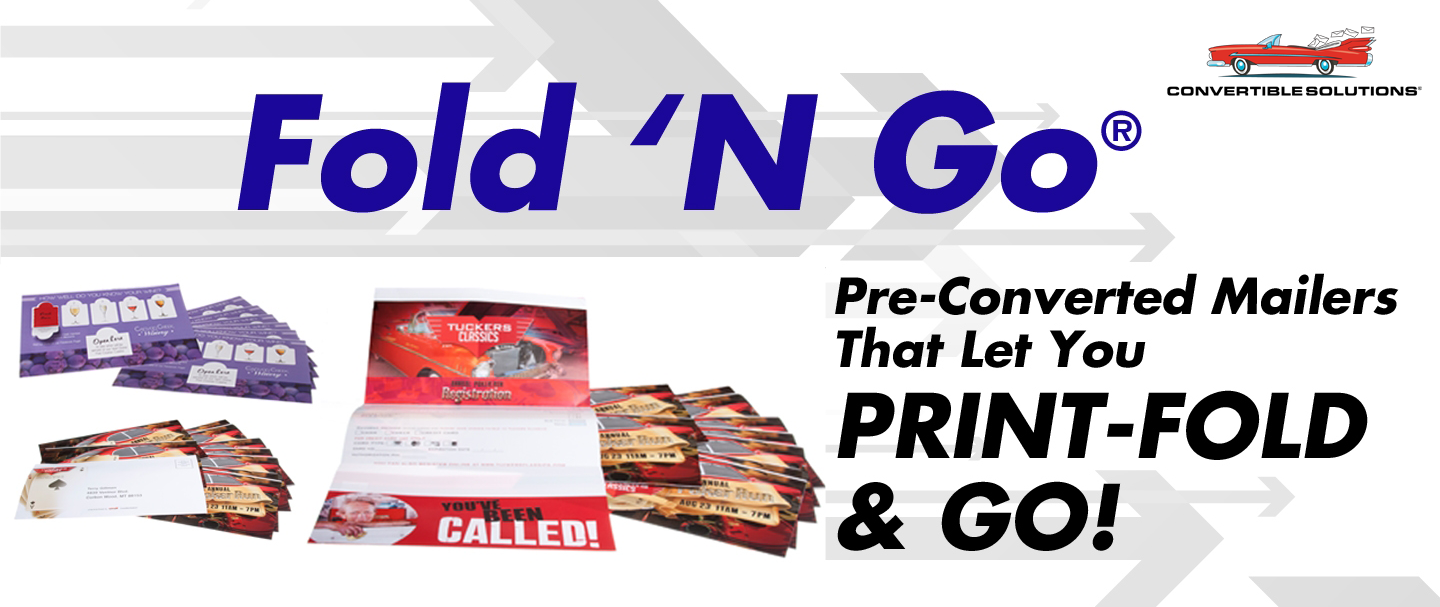It’s a relationship that Bill Schiemann thinks about a lot. After giving a speech at a human resources-related function, he was introduced to a couple of executives who were taken by his presentation. A little while down the road, they called him to pick his brain about an issue they were dealing with.
Never shy to give his input, Schiemann, CEO and principal of the strategic performance and talent optimization firm, Metrus Group, offered his insights and support. A few months later, they called him again, this time asking if they could visit his offices. They didn’t have a lot of money to spend, so Schiemann discounted his costs for the first engagement. Over dinner, the relationship blossomed, with both sides not only finding a high level of synergy but also taking the first steps toward a lasting friendship.
At first glance, the forging of this relationship has all the trappings of an awkward high school dance. You make eye contact. You find a reason to talk. You look to schedule a meeting or two. You seek out commonalities. And, if things go well (pick a base, any base), you form a relationship that you hope lasts for the ages.
“That first meeting was really a date,” Schiemann recalls. “After they found my work valuable, and I found our interaction valuable, we re-engaged over and over again. I invited them to special events that my company or other affiliations were hosting and, in turn, they referred work to me or allowed me to speak at programs they were involved in. There is not a month that goes by where we don’t communicate in some way.”

You’ve heard the analogy before – building relationships with potential clients is like dating. It is all there – the attraction, the uncertainty, the exclusivity. In the beginning, the relationship is new and fresh. It makes you daydream about the future and long for the time when it grows into bigger and better things.
“At a certain point, there are deeper conversations,” says Schiemann, who also wrote the book, “Fulfilled! Critical Choices – Work, Home, Life.” “For a firm trying to sell a client a new service, it might include demonstrations, referrals from other mutually respected third parties, doing a pilot project. These are all forms of dating in business.”
“In business, just as you would in a personal relationship, you have to keep things vibrant.”
– Bill Schiemann, CEO, Metrus Group
And then there’s that business-related marriage – forming a partnership based on mutual trust and expectations. Just as with dating, there has to be trust and wooing and keeping true to all those things that the relationship was built on. “In business, just as you would in a personal relationship, you have to keep things vibrant,” Schiemann says.

Engage me, why don’t you…
So, you’ve made the connection. You’ve established the boundaries of the playing field. And, as time goes on, you begin to learn more and more about your shiny new relationships – what they like, what they like to do, what and why they buy what they do.
You also know where your new friends hang out. The industry groups and associations. The LinkedIn forums. Their social media of choice.
 But how much do you really engage with them? In a world that’s more connected than ever before, how often are you the initiator? These are important questions to ask – and they must be asked often.
But how much do you really engage with them? In a world that’s more connected than ever before, how often are you the initiator? These are important questions to ask – and they must be asked often.
Mike Campion certainly thinks so. The highly sought after speaker, entrepreneur, and author of “I’m a Freaking Genius, Why is This Business So Hard?” says too many businesses don’t value their current customers highly enough.
“It’s always sexier to go find a new customer and boring to take care of the ones you have,” Campion says. “The wooing is a lot more fun. But, as we know, there are three ways to grow your business: get more customers, get them to buy more often and get them to spend more when they do buy. Taking the time to woo them is a prime example of how to get more of all three.”
The engagement is in the wooing – a practice that Campion says should be more quality over quantity.
“It’s always sexier to go find a new customer and boring to take care of the ones you have. The wooing is a lot more fun.”
– Author Mike Campion
“People are desperate to be a part of a real community, but aren’t equipped to create it or engage in it,” he says. “We play on our phone while we watch TV, ignoring the people we love most in the same room. We sit at dinner with friends and family and scroll through social media, seeing what other people are doing. When the food comes, instead of eating it, we take a picture to share it with people who aren’t there. Instead of engaging and enjoying the moment, we are attempting to share it with strangers.”
The solution is easy – “Be present. Value the people and experience you are currently in,” Campion says.
Easier said than done? That depends on your perspective. Engaging with the community you are part of should be an essential pillar of any company’s values and vision. Done effectively, and everybody wins.
The easiest and best way to start is by interacting on a human level. As the owner of Brooklyn Outdoor, a company that specializes in relationship building with out-of-home agencies and media buyers, Candice Simons takes this challenge personally.
“It’s part of who we are,” she says. “Meet your business prospect for coffee to discuss anything but business. Engage. Follow up, and then talk business. The final step is critical – continue to engage and meet regularly to help each other where needed.”
“Some business relationships thrive and spark immediately, while others need a bit more attention and patience.”
– Candice Simons, Owner, Brooklyn Outdoor
The key is to remember that there is no perfect formula. Start by following the basic networking guidelines, and work from there. If something has worked well in the past, continue with that method.
“Our company vision embraces uniqueness because we value and understand that individuals are each wired a bit differently,” Simons says. “Some business relationships thrive and spark immediately, while others need a bit more attention and patience. Mastering the art of the follow-up is essential to prevent things from slowing down.”
5 ways to keep your connections connected
- Stay aligned – Keep in sync with your relationships. Make sure you have similar goals, values, interests, and needs.
- Be compatible – New relationships are a wealth of new opportunities. Make sure you are sharing knowledge, emotional support and new skills.
- Stay engaged – Create synergy with your interaction by making sure it’s more than just a transactional relationship. Share stories, posts, industry group affiliations, etc. Meet in person instead of through technology.
- Add value – Talk is cheap, so talking up a storm doesn’t always translate into trust (or sales). Ask the hard question, “How am I adding value to this relationship?”
- Keep it real – Connecting on a human (think emotional) level matters. Have regular face-to-face meetings. Follow up with intent. Don’t always make it about business. Letting your clients see your human side has its advantages.

